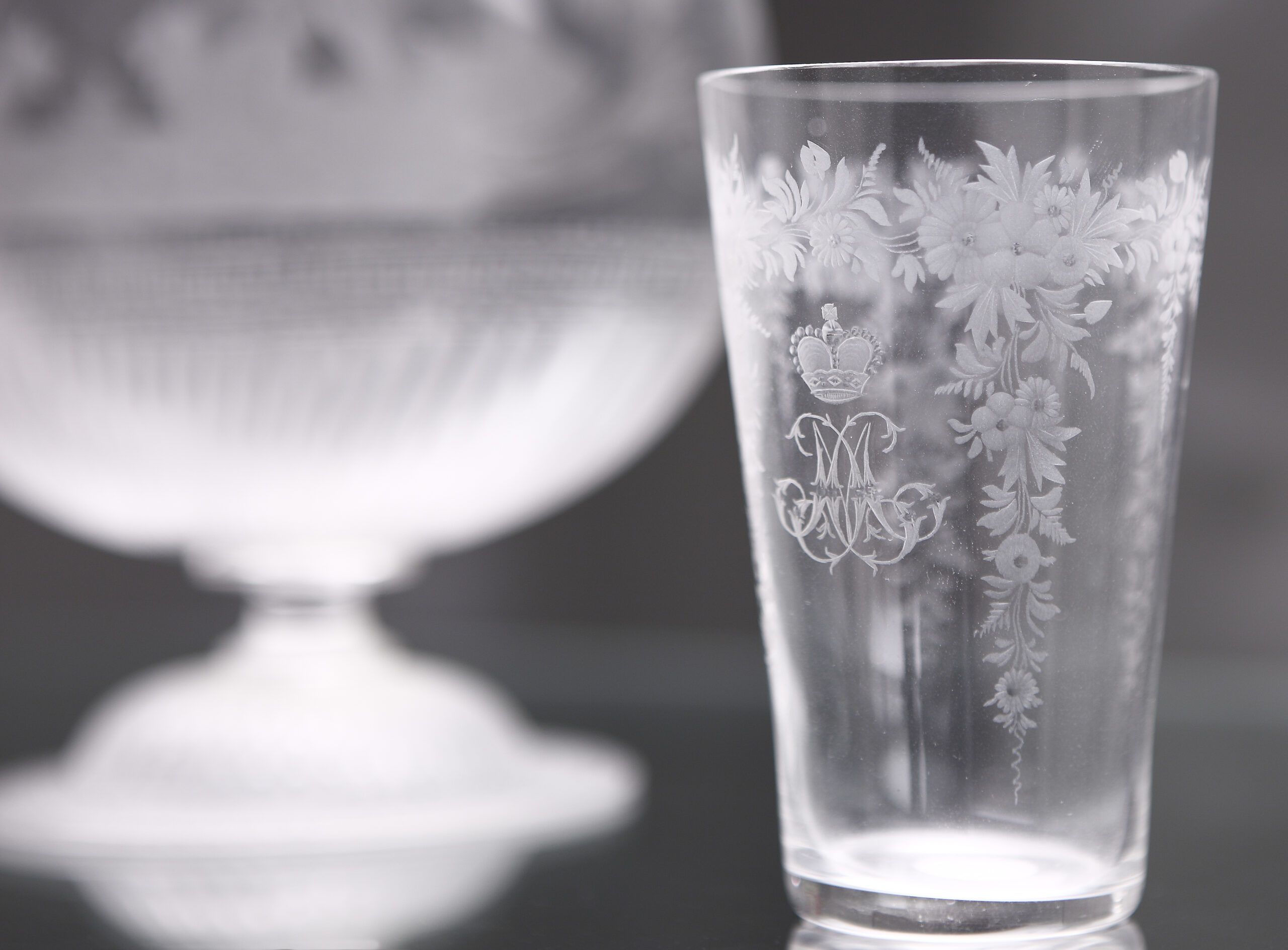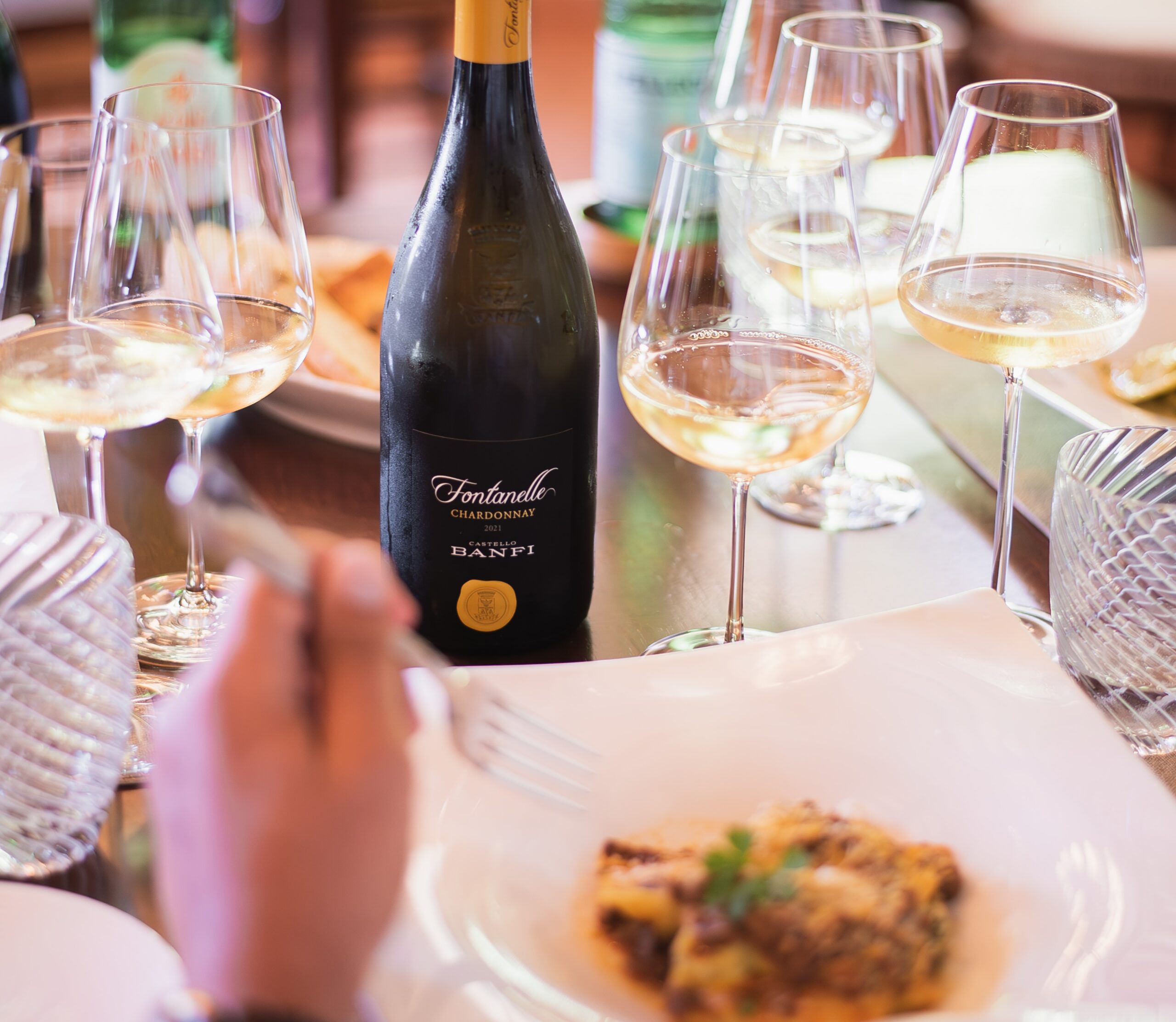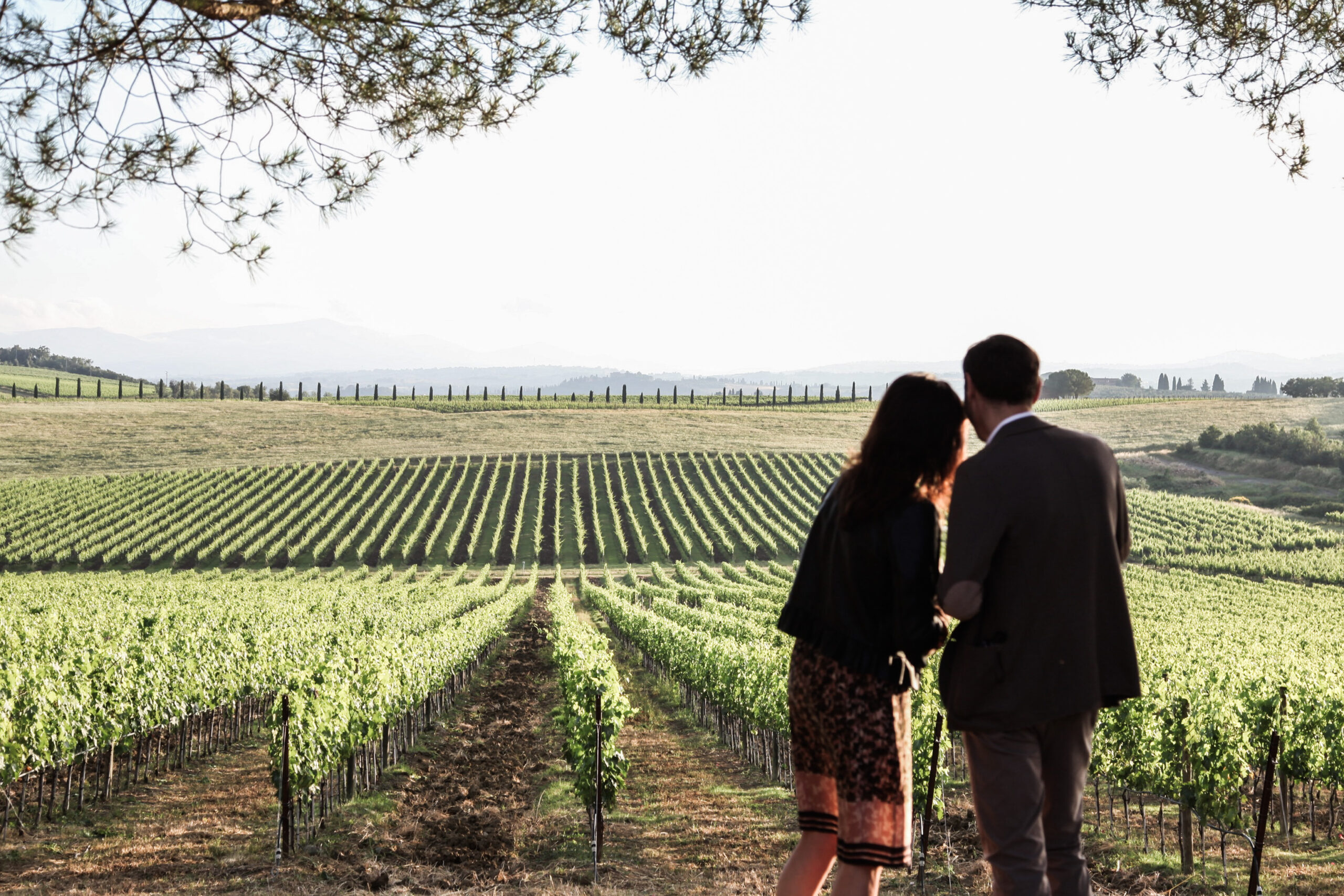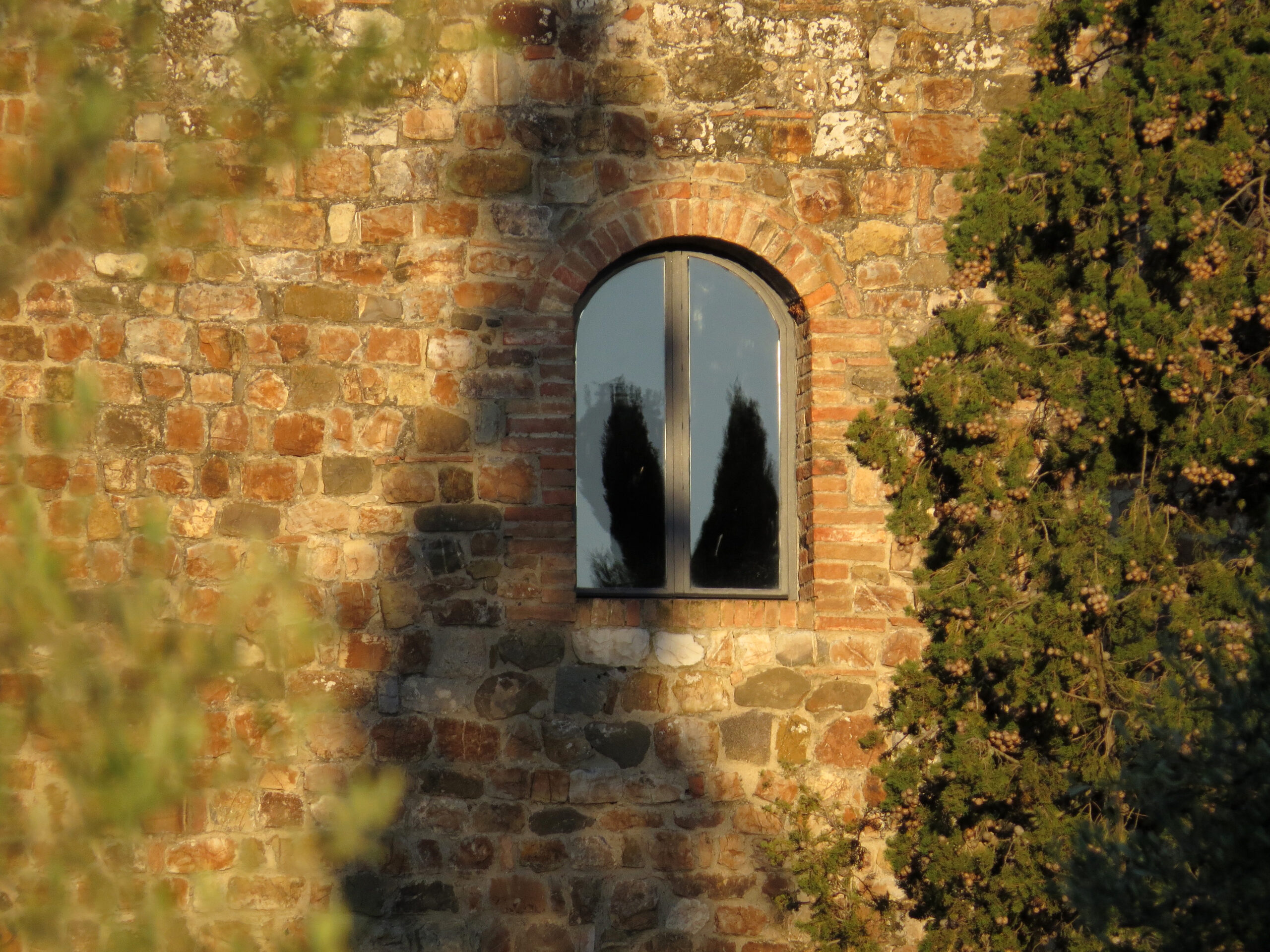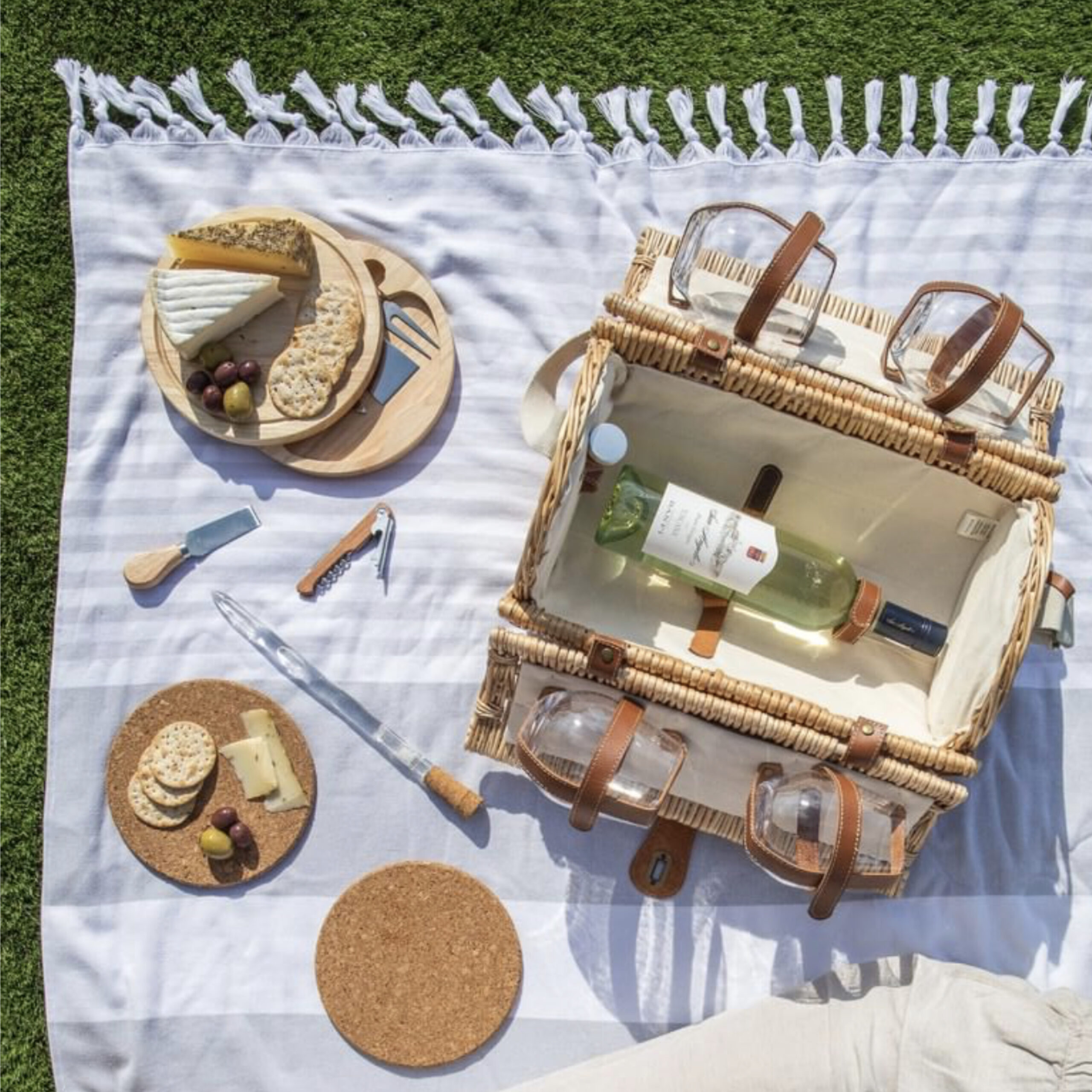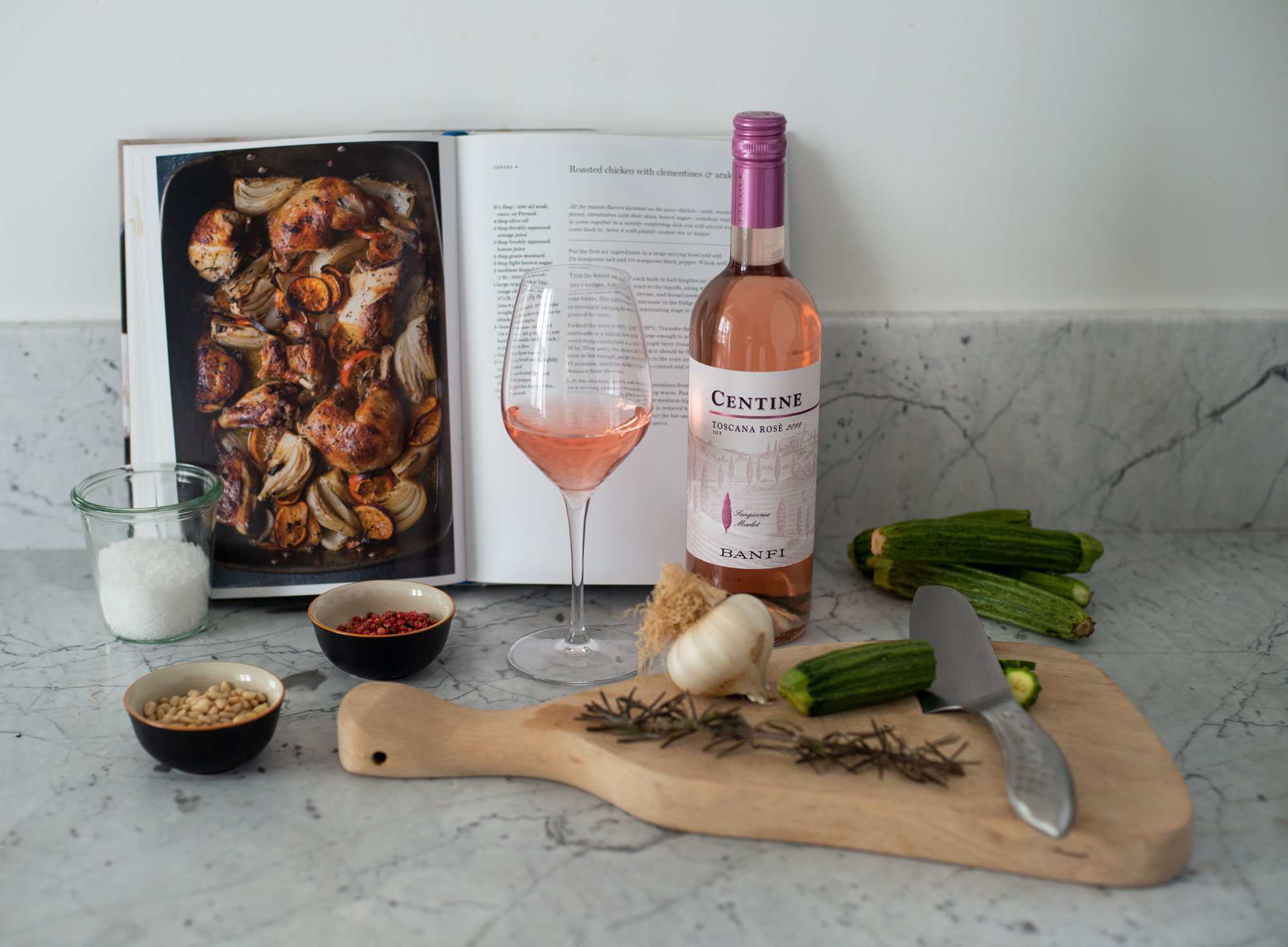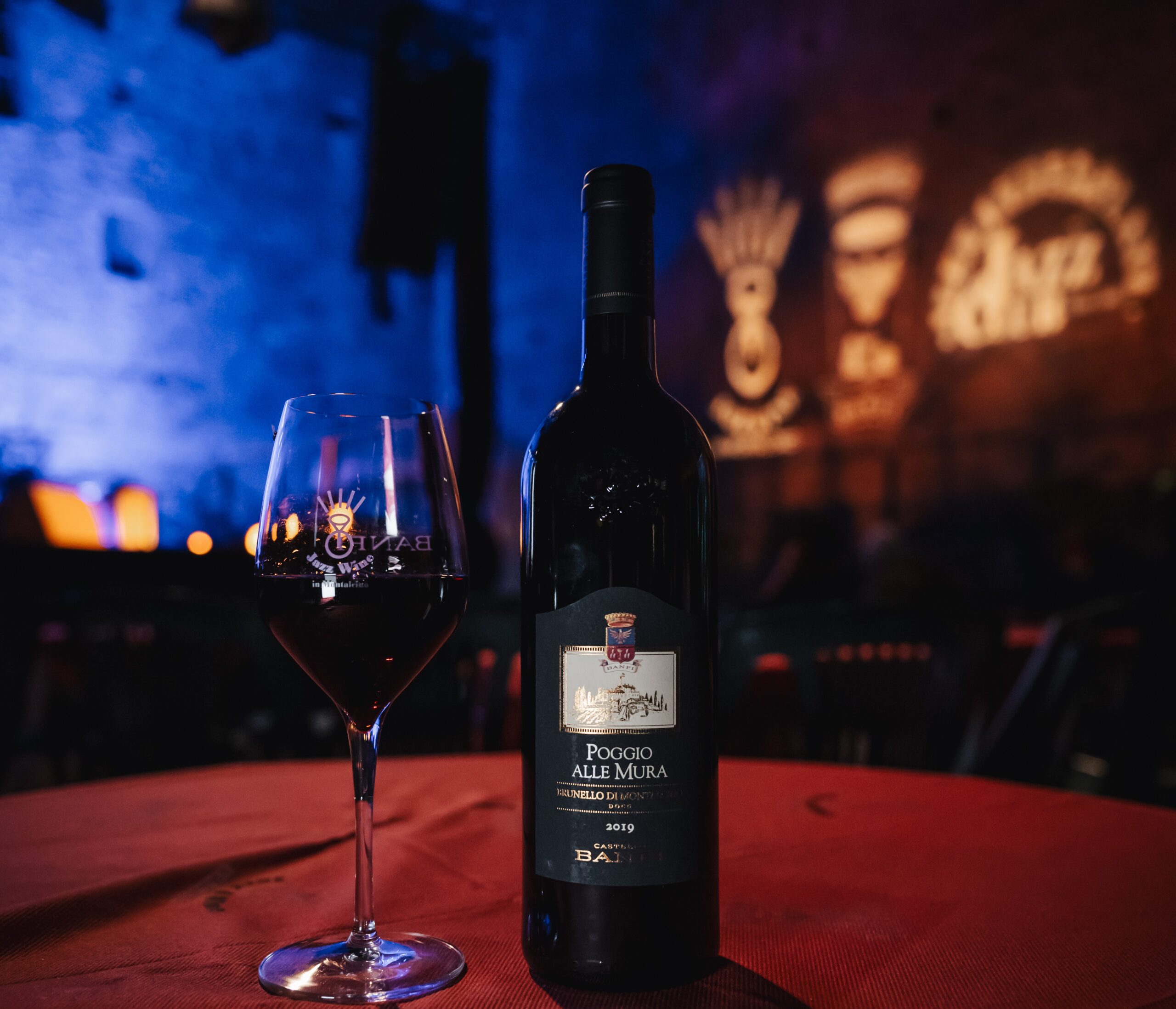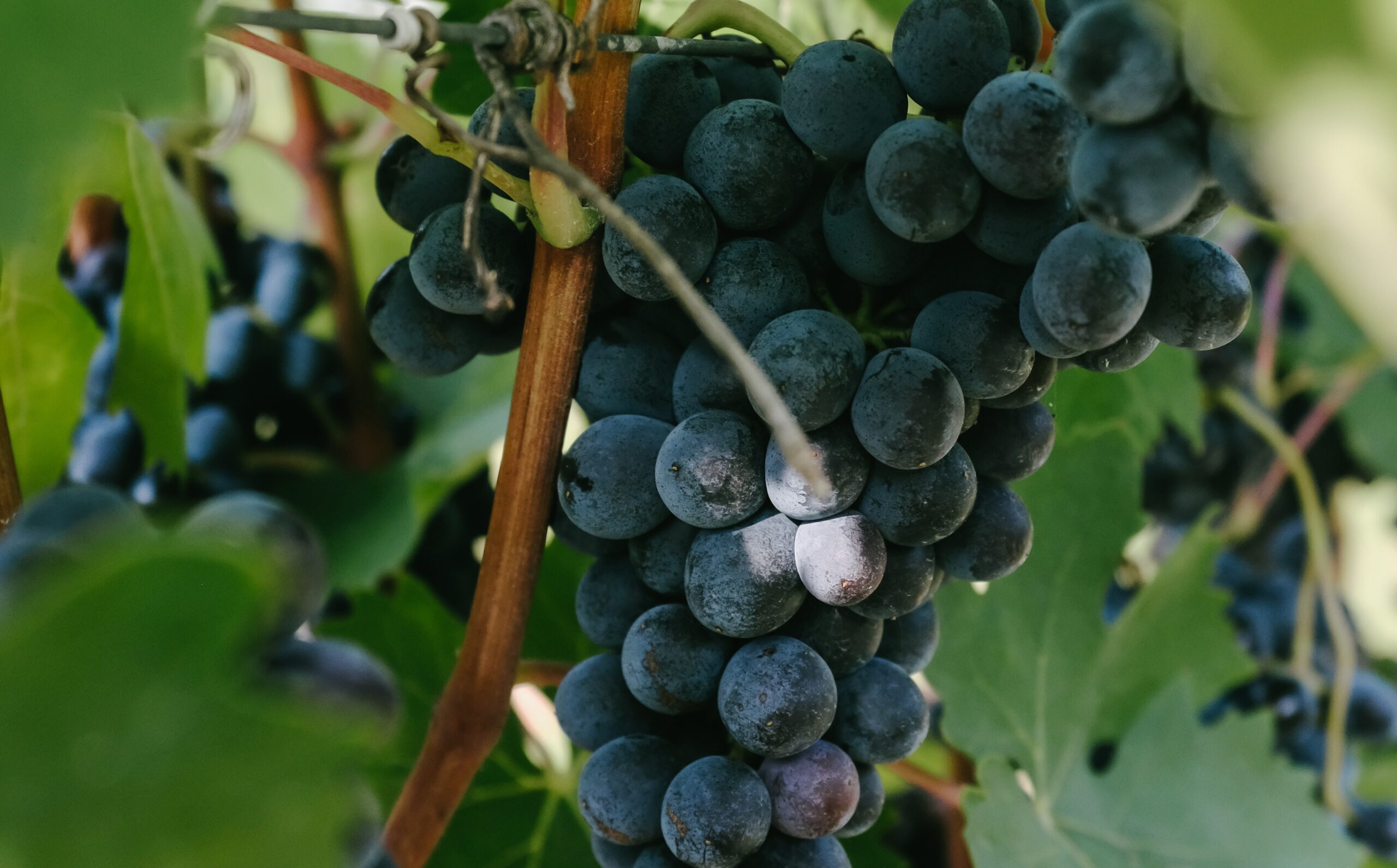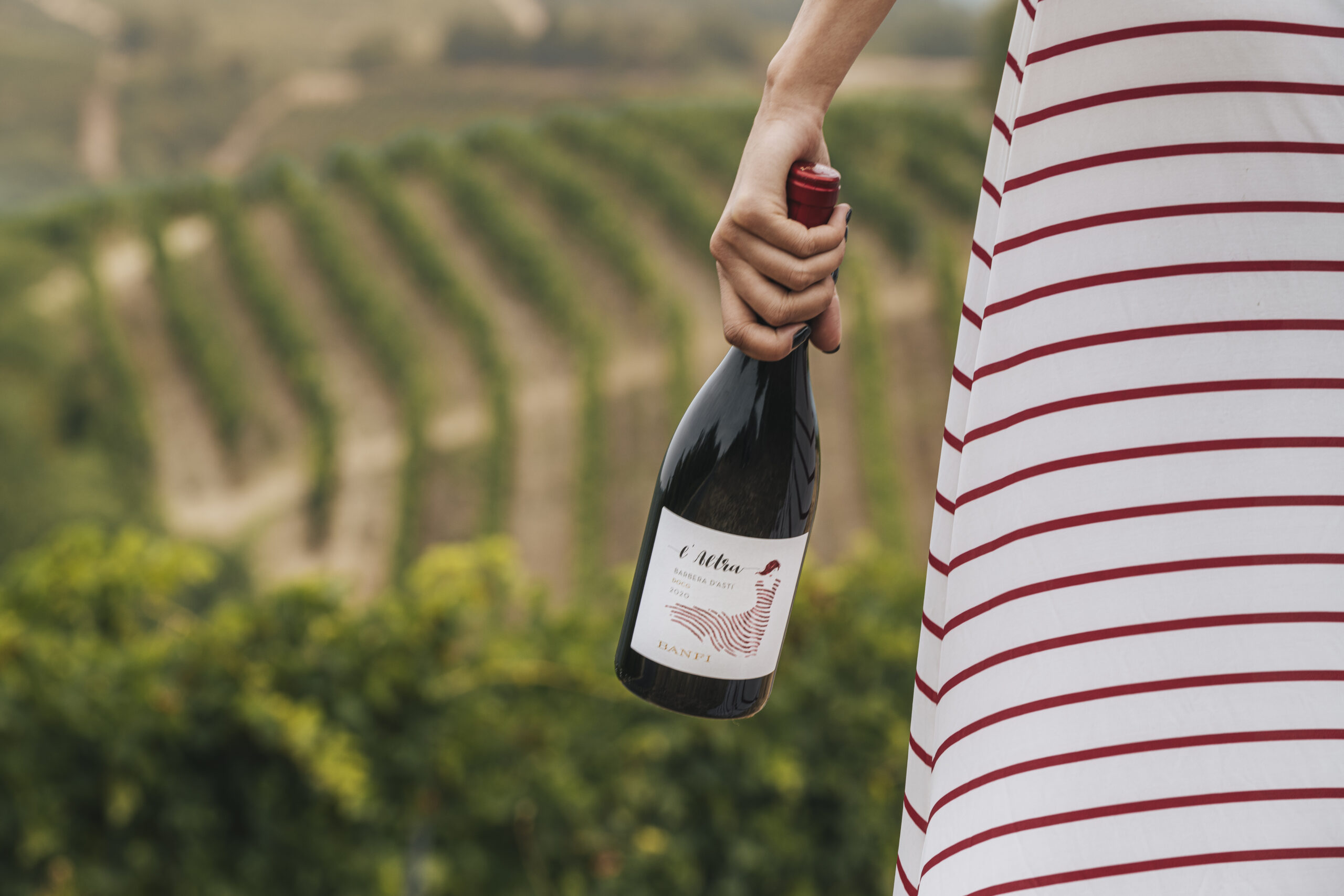Produzione vetro: la sua storia, le fasi di lavorazione e altre curiosità su come si fa il vetro. Scopri di più su Castello Banfi!
Quando si parla di vino, non si può non fare riferimento anche agli oggetti che lo contengono, in particolare alle bottiglie o a i calici. Anzi, in alcuni casi, per indicare un buon vino si usa l’espressione “una buona bottiglia”, mentre per i calici e bicchieri da vino esiste una vera e propria classificazione, poiché ogni vino merita la sua tipologia di calice che meglio riesca ad esaltarne le caratteristiche.
Produzione vetro: fasi di lavorazione e altre curiosità
Per arrivare alla produzione di calici di vetro come quelli che si usano al giorno d’oggi, è stata fatta molta strada. Sebbene questo materiale sia usato fin dall’antichità, infatti solo in epoca imperiale romana è stato sistematicamente usato per la produzione di bicchieri e bottiglie.
Per chi vuole ammirare le testimonianze di questo lungo percorso creativo e artigianale, non c’è luogo più affascinante e suggestivo del Museo della Bottiglia e del Vetro. Situato presso il Castello Banfi Wine Resort, questo museo intitolato a G. F. Mariani ospita reperti antichissimi e pezzi d’arte moderna che testimoniano le varie tappe della storia della produzione del vetro.
Storia del vetro in sintesi
L’uomo è stato in grado di lavorare il vetro fin dal III millennio a.C.: in Mesopotamia si utilizzavano paste vitree a scopo decorativo, mentre a partire dal VII-VI sec. a.C. in Fenicia e in Grecia si cominciano a produrre vasetti per profumi e unguenti e gioielli in vetro.
Come già anticipato, un’industria del vetro vera e propria nacque in epoca romana, intorno al I secolo d.C., quando gli artigiani cominciarono ad adoperare la tecnica della soffiatura (importata dalle regioni mediorientali) per realizzare oggetti più simili a quelli usati oggi, come bicchieri, bottiglie, lucerne e in alcuni rari casi lastre da finestra.
Gli anni d’oro della lavorazione del vetro in Italia sono quelli del Medioevo, quando il vetro veniva impiegato per la realizzazione di magnifiche vetrate colorate che adornano ancora oggi chiese e cattedrali di tutta Europa e quando gli artigiani di Murano si ritirano sulla loro isola per custodire gelosamente i segreti della loro tecnica vetraia.
Fasi di produzione del vetro
Ma da cosa si ottiene il vetro? Quali sono le sostanze alla base di questo materiale? Il vetro è un solido amorfo, ossia con un reticolo cristallino non ordinato, e si ottiene appunto dalla solidificazione di un liquido, senza successiva cristallizzazione. Nella maggior parte dei casi, la pasta di vetro si ottiene dall’ossido di silicio (SiO2), un materiale con una velocità di cristallizzazione molto lenta e con un punto di fusione relativamente alto (1.800°C).
A causa dei costi energetici elevati per mantenere le fornaci a tale temperatura, si preferisce ottenere il vetro partendo da altro vetro riciclato, che ha temperature di fusione più basse.
Fasi di lavorazione del vetro
La lavorazione del vetro ha bisogno di diverse fasi. La prima fase riguarda la preparazione dei materiali: la sabbia silicea viene setacciata ed essiccata (ed eventualmente mescolata con altri componenti chimici a seconda della finitura che si vuole ottenere), mentre, nel caso di vetro riciclato, si deve separare delle sostanze secondarie.
La fase successiva è quella della fusione, che avviene in fornaci a temperatura controllata intorno ai 1.600°C. La miscela di vetro viene poi tagliata e indirizzata in uno stampo.
La terza fase è quella della formatura, durante la quale il vetro acquista la forma prestabilita, come ad esempio quella di una bottiglia. La pasta vetrificata viene accolta da uno stampo e aderisce alle pareti prendendone la forma esterna grazie ad un’azione di pressatura. Successivamente avviene la soffiatura, con la quale si imprime alle creazioni in vetro la forma definitiva e lo spazio vuoto al suo interno.
The Bottle and Glass Museum
Il luogo ideale per immergersi nella storia del vetro è, come dicevamo, il Museo della Bottiglia e del Vetro presso Castello Banfi Wine Resort.
Le collezioni di questo museo sono tra le più ricche al mondo, perché abbracciano diversi secoli di storia, partendo dalle sale romane fino ad arrivare al capolavoro in vetro di Picasso, passando per gli affascinanti vetri veneziani.
L’allestimento delle cinque sale è stato accuratamente studiato per regalare ai visitatori un’esperienza immersiva e suggestiva, non solo perché si troveranno a passeggiare in una location d’eccezione come le scuderie e il vecchio frantoio di una fortezza medievale, ma anche perché potranno seguire l’evoluzione della storia dei bicchieri da vino proprio nella terra dove si produce il vino migliore: le colline della Toscana nella zona di Montalcino.
I reperti del Museo
La collezione romana comprende reperti in pasta vitrea riconducibili al V e IV sec. a.C., vasetti e contenitori di vetro soffiato per balsami e unguenti del I e II sec. d.C., e bottiglie e caraffe di vetro soffiato, appartenenti al IV e V sec. d.C. Si tratta di una delle collezioni più affascinanti e più vaste, che di recente hanno ritrovato l’antico splendore grazie agli interventi di restauro condotti presso il Laboratorio del vetro di San Giovanni Valdarno ad Arezzo.
La collezione di vetri veneziani e vetri di Murano è stata arricchita negli ultimi anni da due grandi capolavori acquistati dalla Fondazione Banfi: un cestello “a reticello” del Cinquecento ed un grande bicchiere da esposizione con elementi in ottone smaltato.
Infine, tra le opere d’arte moderna in vetro, si può ammirare la bellissima “Portatrice” di Pablo Picasso, una testimonianza unica nel suo genere della poliedricità di questo artista.
Informazioni sul Museo
Il Museo è aperto tutto l’anno, per cui se siete in vacanza a Montalcino e dintorni avrete sempre la possibilità di visitarlo e soddisfare le vostre curiosità sulla storia della produzione del vetro. Dal 9 marzo al 12 novembre le sale sono aperte al pubblico dalle 10.00 alle 19.30, mentre dal 12 novembre al 9 marzo sono aperte dalle 10.00 alle 18.00.
I biglietti possono essere acquistati presso l’Enoteca Banfi al costo di 4 euro e sono previste riduzioni per gli aventi diritto.

